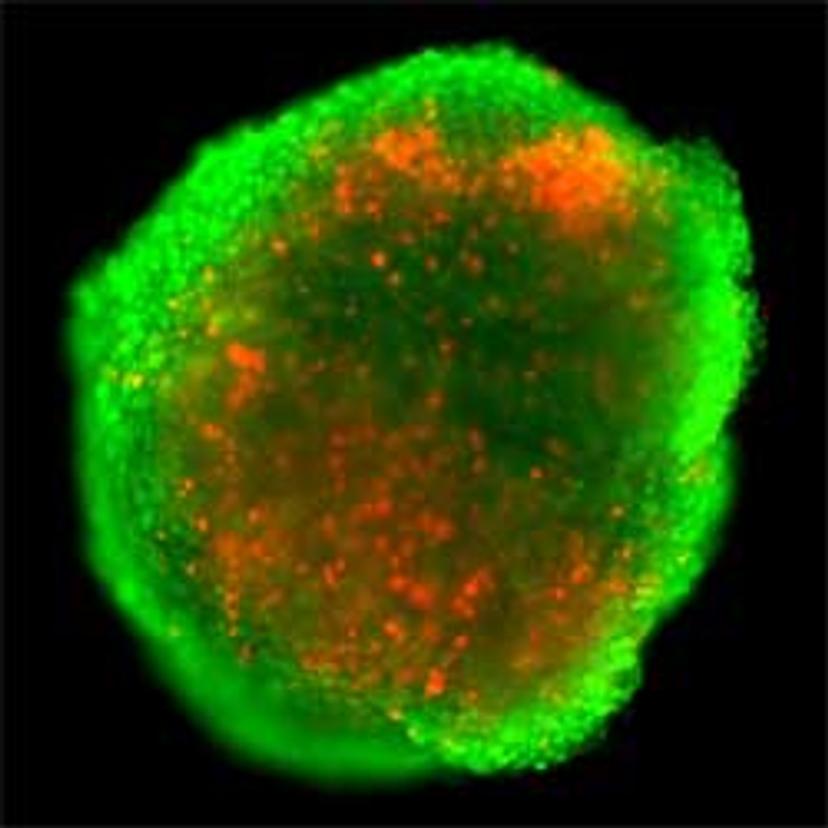Novel Microfluidic Platform for Cancer Research
19 Feb 2018
AMSBIO, a transatlantic life sciences company, and the University of Strathclyde (Glasgow, UK) have pioneered a multidisciplinary approach combining expertise in microfluidics and 3D culture to develop a novel microfluidic platform for cancer research.

The new platform combines microfluidic lab-on-a-chip technology with physiologically relevant 3D spheroids to enable formation and long-term culture of 3D multicellular tumors / organoids for drug screening and individualized chemosensitivity testing
Extensive testing shows that micro sizing drug-cell interactions reduces cost of experiments significantly as well as increasing productivity as it enables more experiments to be done on the same platform at the same time.
The microfluidic platform delivers precise control over the cellular microenvironment and beneficially through miniaturization, maximizes use of precious limited human cancer samples. Developed using leading-edge microsystem engineering, the platform delivers high-throughput analysis and is fully compatible with automated robotic dispensing systems. To enable customized data analysis of the results from the microfluidic platform, our academic team has also developed a suite of easy-to-use software.
The new microfluidic platform shows great promise to provide a cost-effective approach to applications including high-throughput drug screening and analysis and bioassays to assess spheroid function and morphology. In the area of personalized medicine, it is highly pertinent to not only predict the drug response at early time points during the therapy, but also to be able to identify the optimal drug combination for an individual patient. Within the scope of personalized medicine, this technology presents immense possibilities for testing patient-derived multicellular tumor spheroids/organoids (comprising cancer cells, stromal cells, cancer stem cells and/or immune cells) for disease/biomarker-oriented drug activity and profiling using single- and pair-wise standard/targeted drug combinations.
